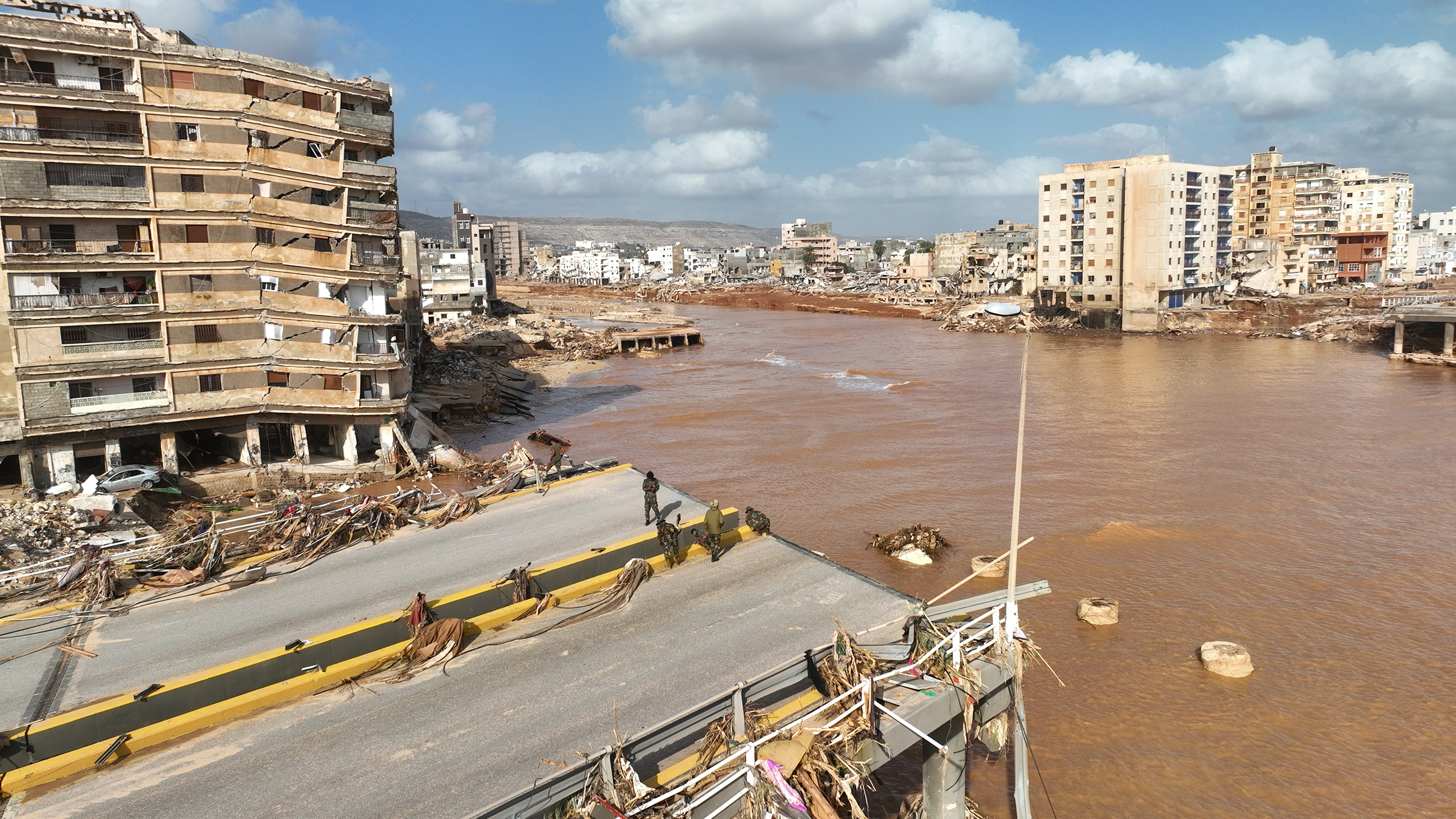In Derna, the city on the coast of Libya all but swept away by flooding on Sept. 11, the surging complexities of climate change combined to devastating effect with the stubborn realities of fractious politics. The 11,300 people who three days later were known to be dead—and however many join the toll from the 10,000 listed as missing—may, officially, be recorded as victims of a natural disaster, the kind of immutable force referred to in courtrooms and insurance policies as an act of God.
But if anything is clear in the last days of the incendiary summer of 2023, it’s that human decisions factored in every life lost.
Read More: How to Help Flood Victims in Libya
Consider Storm Daniel. Oceans produce hurricanes, but depressions in the Mediterranean Sea can create storms ferocious enough to be named. And as global warming drives sea temperatures to rise to astonishing levels, these medicanes (Mediterranean hurricanes) are holding ever more immense amounts of water. Before coming to Libya, Daniel dropped two feet of rain on parts of Greece on Sept. 5 and 6—as much as the region usually sees in 18 months. Then it swung west, and south, then, at the last moment, back east, loading up on moisture as it went.
On Sunday, it reached Libya. On maps, the country still appears as a single nation, but since 2014 it has existed as shards. Some of the pieces are governed by a warlord, others by a “government of national accord” that is recognized by international bodies but whose remit ends a few hundred miles from Tripoli, the capital.
It’s never good to be in a failed state, but it’s even worse to be in a failed state during the Anthropocene epoch, earth’s current geological era defined by man’s unnatural impact on the environment.
It was worst of all to be in Derna. The city of 100,000 is located on the coast where it juts into the Mediterranean, down which Daniel was barreling. Nine years ago, as Libya descended into civil war, Derna was taken by ISIS. It’s now under the control of Khalifa Hiftar, a septuagenarian warlord who drove the terrorist group out by laying siege to the city, starving its residents as well.
The invader this time was water. At first it came from two directions—storm surge from the sea and rain from above. Then, 13 miles inland, a dam gave way. It was 3 a.m. The wall of water that reached the sleeping city was 20 feet high. What it left is what we see here.

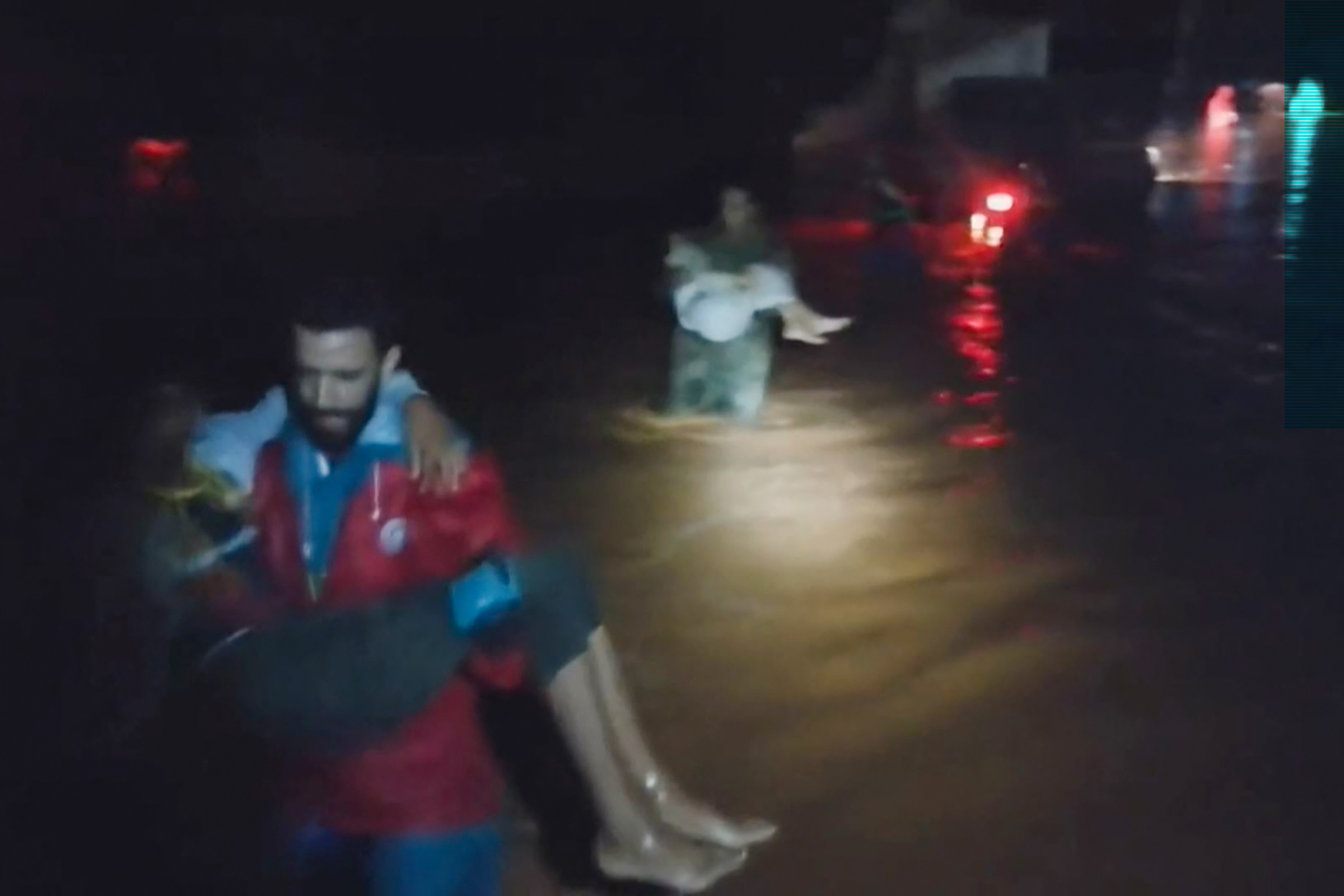

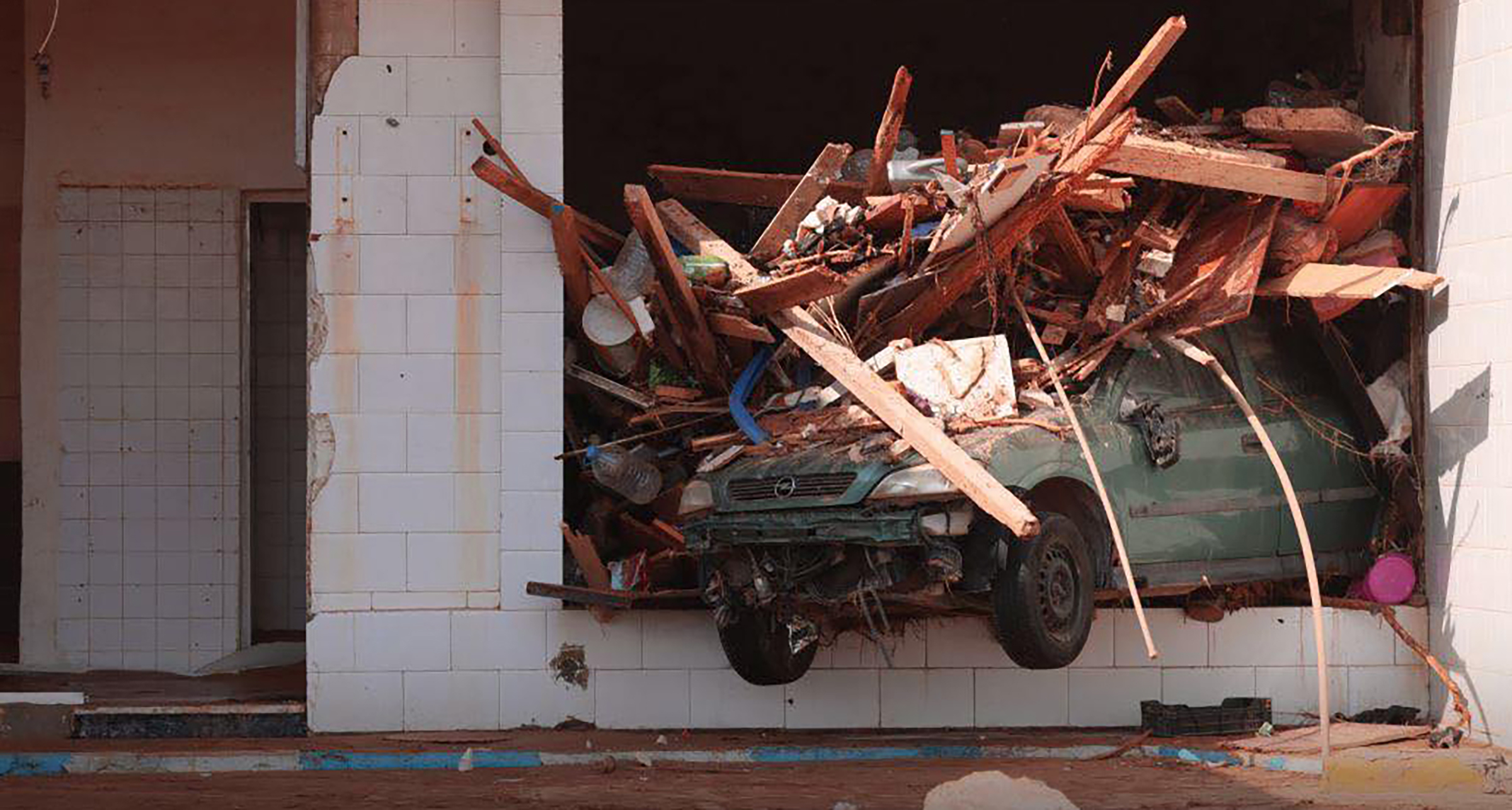
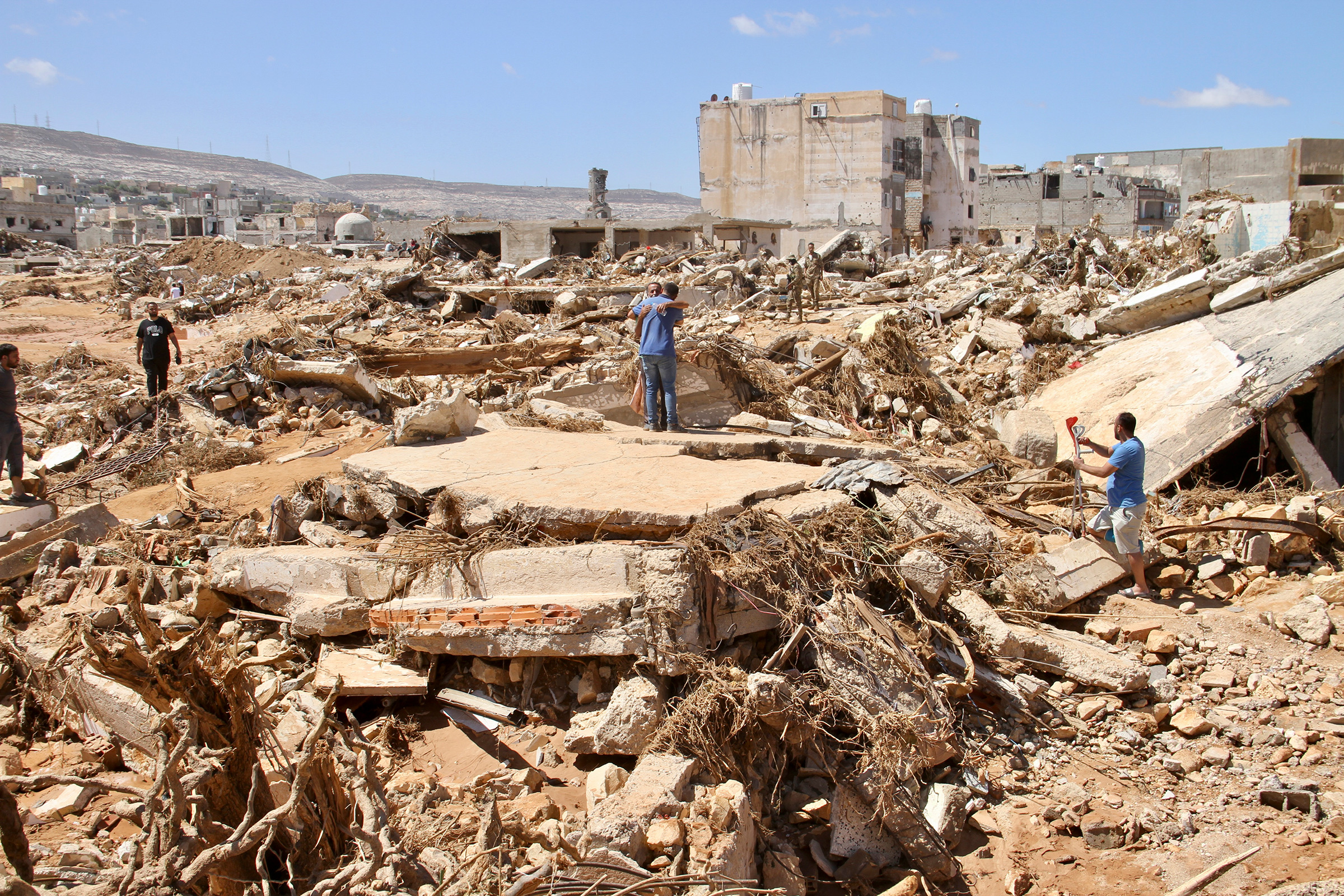
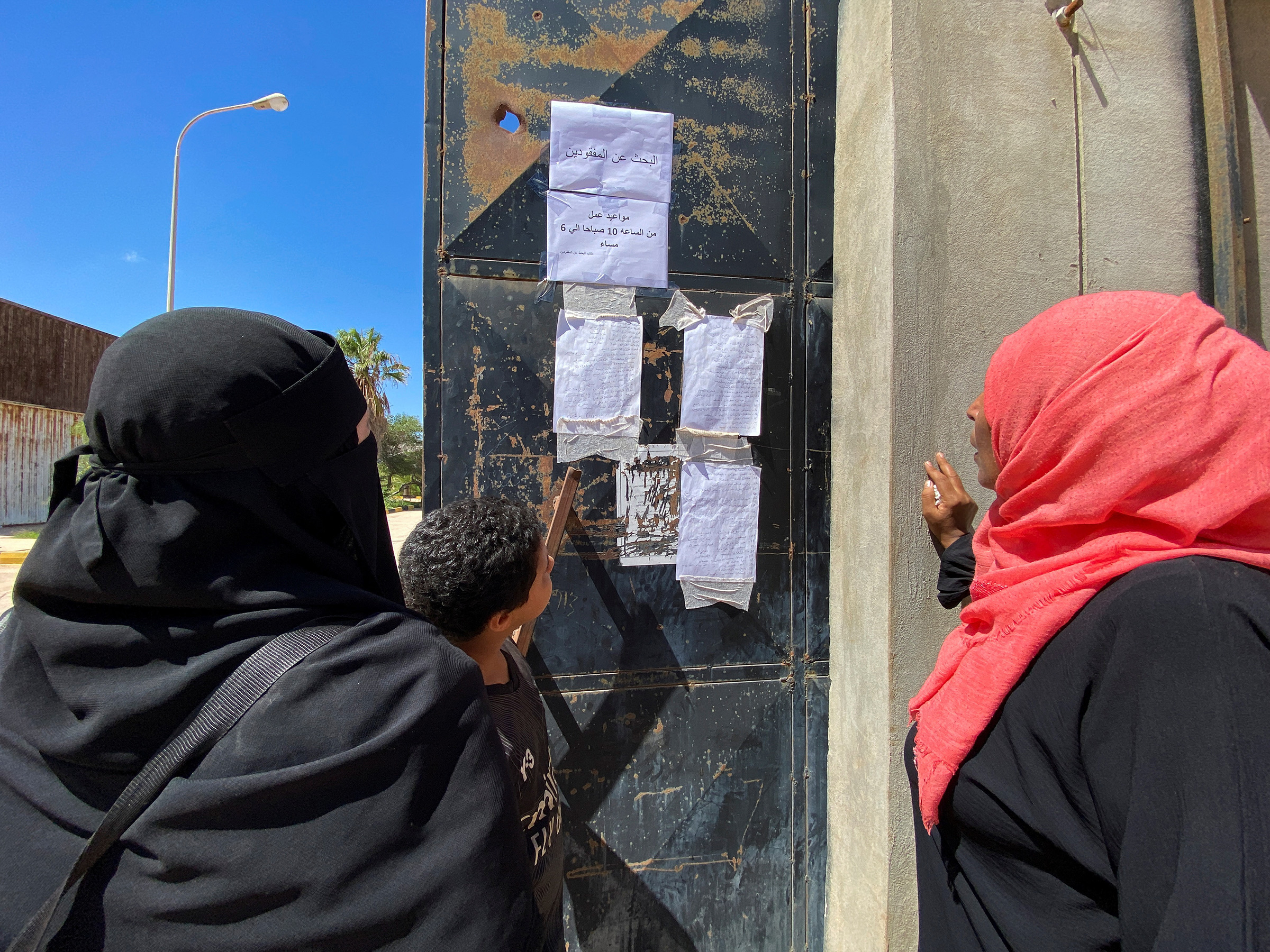
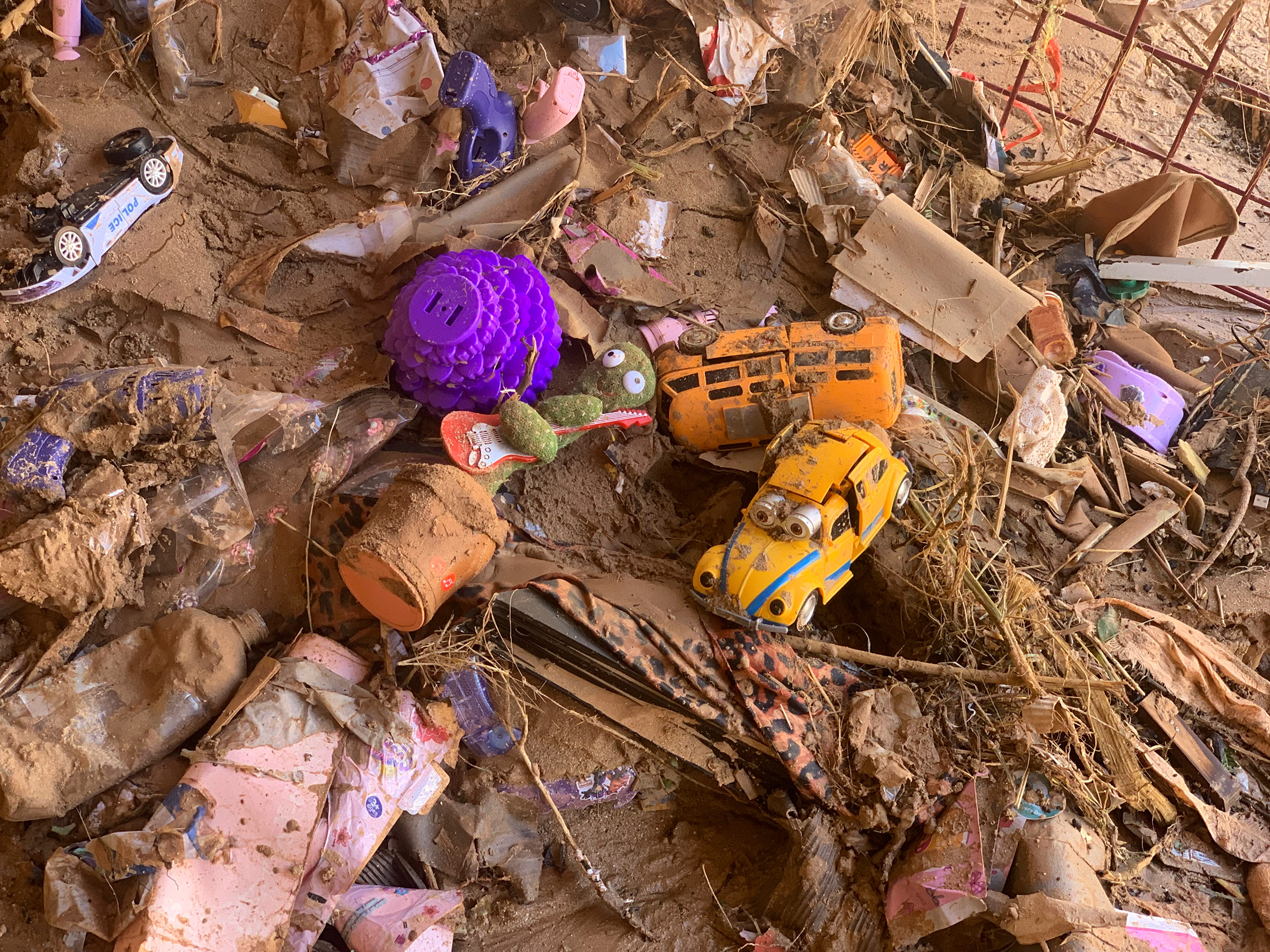


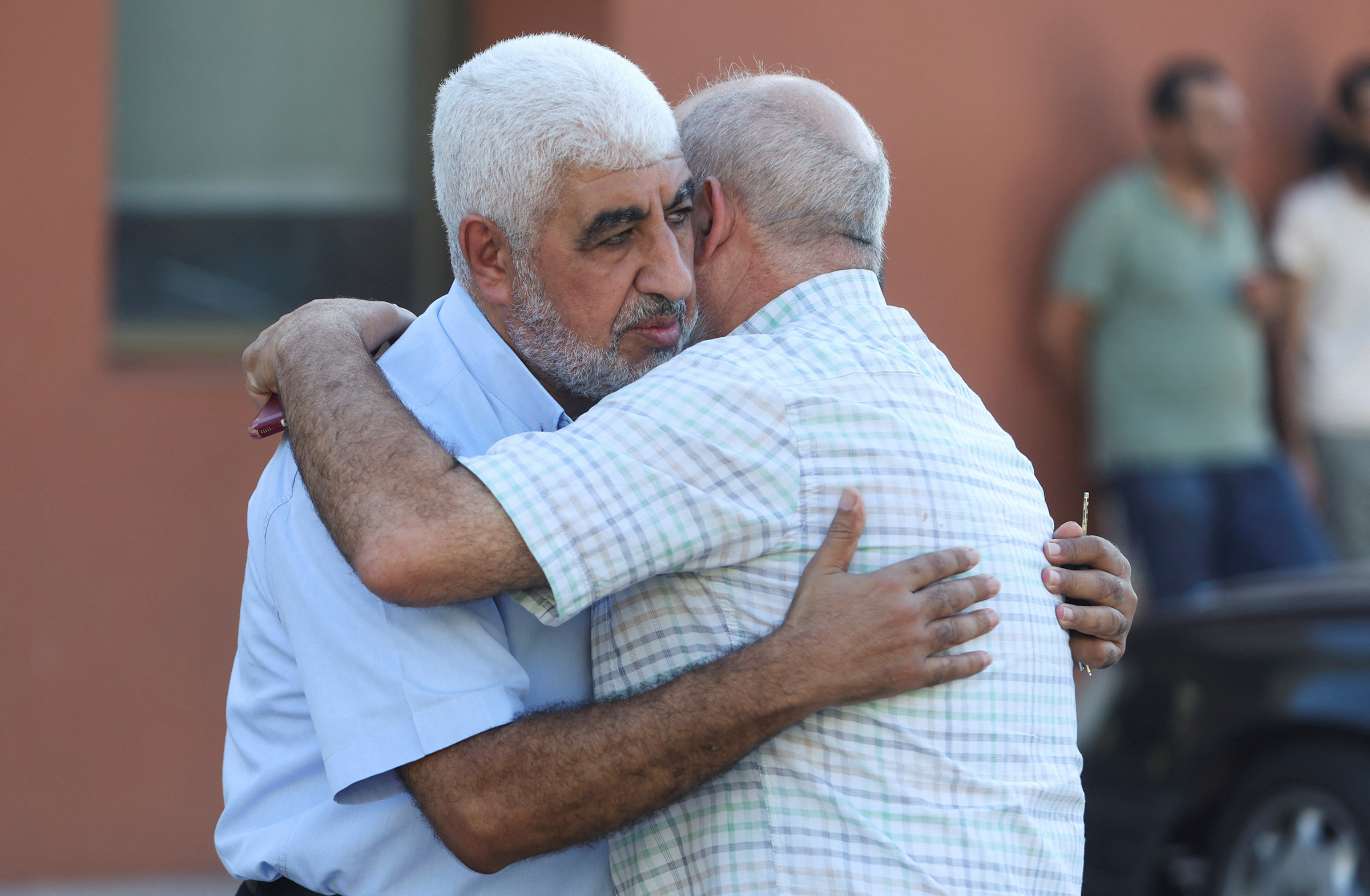


More Must-Reads from TIME
- Donald Trump Is TIME's 2024 Person of the Year
- Why We Chose Trump as Person of the Year
- Is Intermittent Fasting Good or Bad for You?
- The 100 Must-Read Books of 2024
- The 20 Best Christmas TV Episodes
- Column: If Optimism Feels Ridiculous Now, Try Hope
- The Future of Climate Action Is Trade Policy
- Merle Bombardieri Is Helping People Make the Baby Decision
Contact us at letters@time.com
